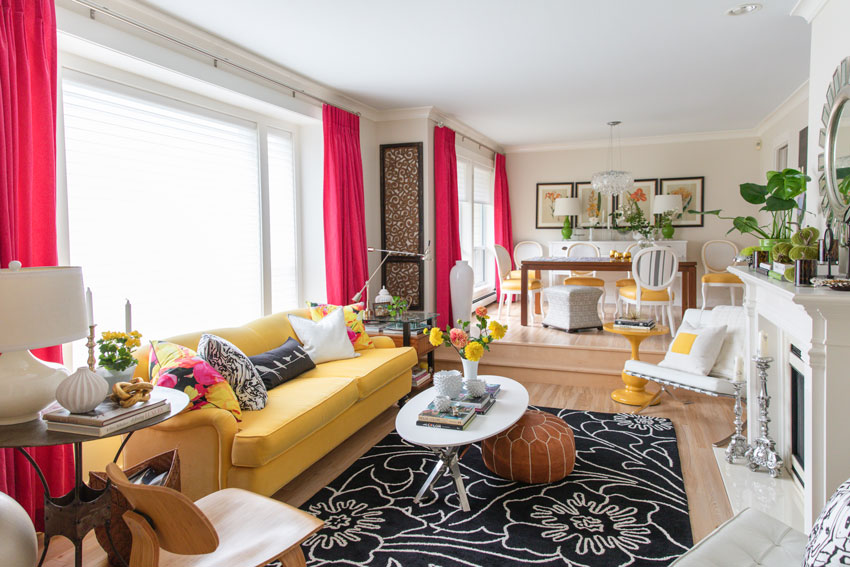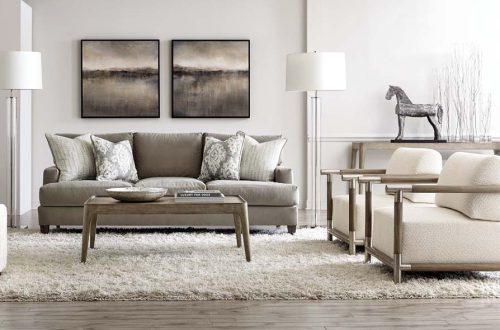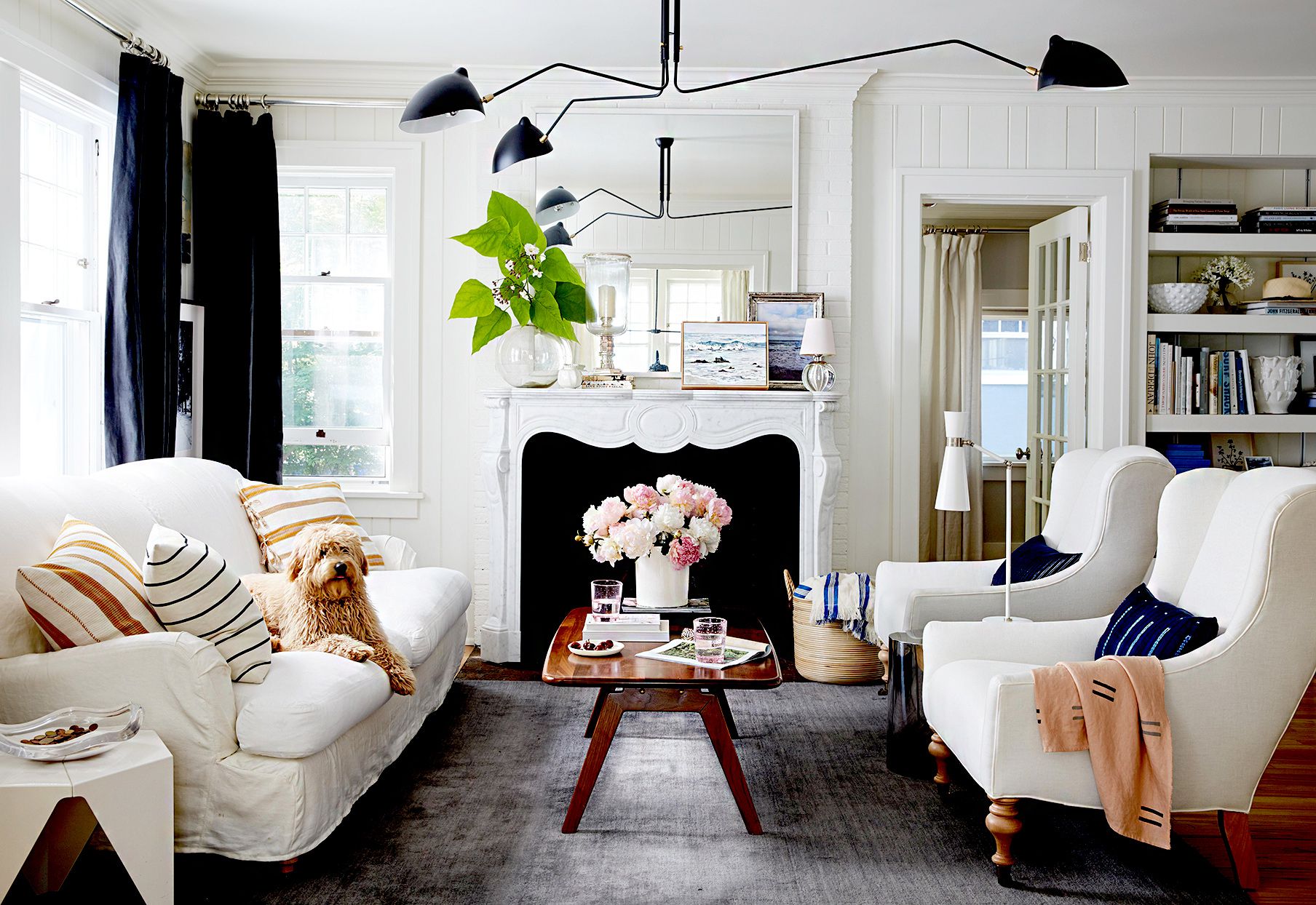
A Timeless Design Choice for Your Home
When it comes to home design, few combinations are as timeless and versatile as mixing wood and white trim. This classic pairing can transform your living space, adding depth, contrast, and character to your home. In this comprehensive guide, we will explore the art of mixing wood and white trim, from deciding which elements to paint or stain to determining the start and endpoints of your design project. By the end of this article, you’ll have the knowledge and inspiration to create a harmonious and visually appealing interior or exterior space in your home.
Deciding Which Trim Will Be Stained
One of the first decisions you’ll need to make when mixing wood and white trim is which trim elements to stain. Staining wood trim can bring out its natural beauty and grain patterns while adding warmth and richness to your space. Here are some considerations to help you decide:
1. Baseboards and Crown Molding
Baseboards and crown molding are often popular choices for staining. These trim elements frame the room and can create a seamless transition between the walls and the floor or ceiling. Stained baseboards and crown molding can add an elegant touch to any room.
2. Staircases and Railings
If your home features a staircase or railing made of wood, consider staining them to highlight the beauty of the wood. Stained staircases and railings can become eye-catching focal points and add a touch of sophistication to your home.
3. Interior Doors
Interior doors, especially those made of solid wood, are excellent candidates for staining. Stained doors can create a striking contrast with white walls and trim, giving your home a classic and inviting look.
Deciding Which Trim Will Be Painted
While staining adds warmth and richness, painting trim can bring a crisp and clean aesthetic to your home. Here are some trim elements that you might consider painting:
1. Window Frames and Casings
Painting window frames and casings white can make your windows pop and draw attention to the views outside. White window trim also complements a variety of interior styles, from traditional to modern.
2. Door Casings
Painted door casings can create a pleasing contrast with stained interior doors. Choosing white for your door casings can make the doors themselves stand out as focal points.
3. Built-in Shelving
If your home has built-in shelving units or bookcases, painting the trim in a contrasting color like white can make the shelving stand out. It’s an excellent way to display your favorite books, decorative items, and collectibles.
Determining the Start and Endpoints
Once you’ve decided which trim elements to stain and which to paint, you’ll need to determine the start and endpoints of your design project. Here are some tips to help you with this crucial step:
1. Create a Visual Flow
Consider the layout of your home and how different rooms connect. Determine where you want the transition between stained and painted trim to occur. Creating a visual flow from room to room can help your design feel cohesive.
2. Use Natural Dividers
Natural dividers, such as doorways or architectural features like columns, can serve as excellent endpoints for your design project. Stopping the staining or painting at these points can create a clean and defined look.
3. Seek Professional Advice
If you’re unsure about where to start or end your trim design, don’t hesitate to seek professional advice from an interior designer or a home improvement expert. They can provide valuable insights and recommendations based on your specific home and design goals.
Deciding Whether Each Window Casing Will Be Painted or Stained
When mixing wood and white trim, your window casings play a crucial role in the overall look and feel of your home. Here’s how to decide whether to paint or stain your window casings:
1. Consider the Surrounding Elements
Take a look at the other trim elements in the room. If you have stained baseboards, crown molding, and doors, painting the window casings white can create a pleasing contrast.
2. Emphasize the View
If your home boasts beautiful outdoor scenery, consider painting the window casings white to draw attention to the view. This can make your windows feel like picturesque frames for the outside world.
Deciding Whether Each Door Casing Will Be Painted or Stained
The choice between painting or staining door casings can significantly impact your home’s interior design. Here are some factors to help you decide:
1. Match the Doors
If you have stained interior doors, it’s generally a good idea to stain the door casings as well. This creates a cohesive look that allows the doors to shine as natural focal points.
2. Create Contrast
If you want to create contrast and make the doors stand out, consider painting the door casings white. This can add visual interest and make a statement in your home.
Deciding Whether Doors Will Be Painted or Stained
The final decision in your wood and white trim design project is whether to paint or stain the doors themselves. Here are some considerations:
1. Highlight Wood Grain
Staining interior doors can bring out the unique wood grain patterns, creating a warm and inviting atmosphere. This choice is particularly popular in traditional and rustic design styles.
2. Add a Clean, Modern Look
If you prefer a clean, modern aesthetic, painting doors white can achieve that look. White doors can brighten up your space and make it feel more spacious.
In conclusion, mixing wood and white trim is a timeless and versatile design choice for your home. By carefully deciding which trim elements to stain or paint and considering factors like endpoints and contrasts, you can create a visually appealing and cohesive interior or exterior design. Whether you want to highlight the natural beauty of wood or create a crisp and clean look, this classic combination has the power to transform your living space.
For more home design inspiration and tips, visit home motivated. Home motivated offers a wealth of ideas and resources to help you create the perfect living environment for you and your family.
Now that you have a comprehensive guide to mixing wood and white trim, it’s time to embark on your design journey and bring your vision to life. Enjoy the process of transforming your home into a space that reflects your unique style and personality.



